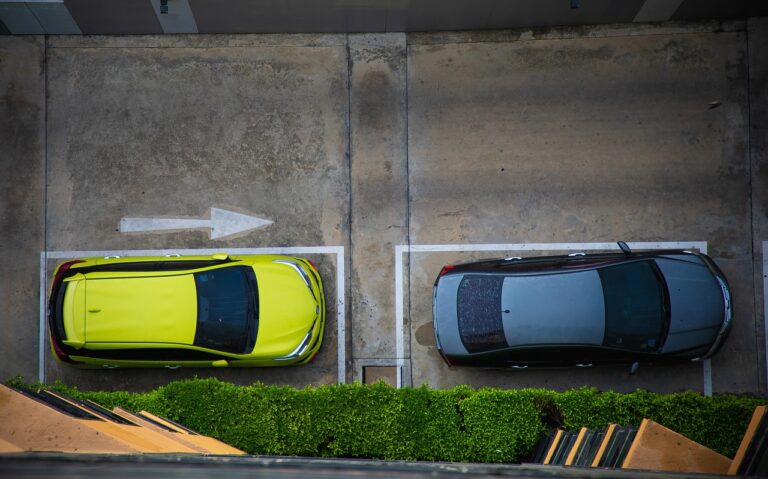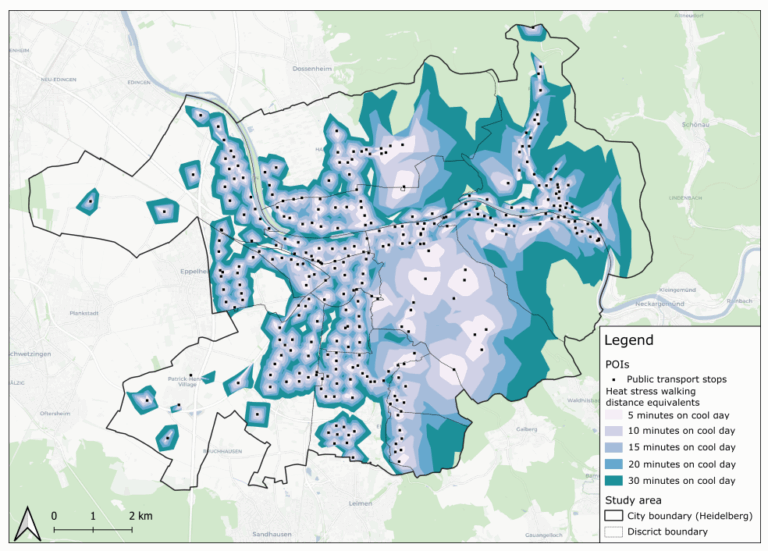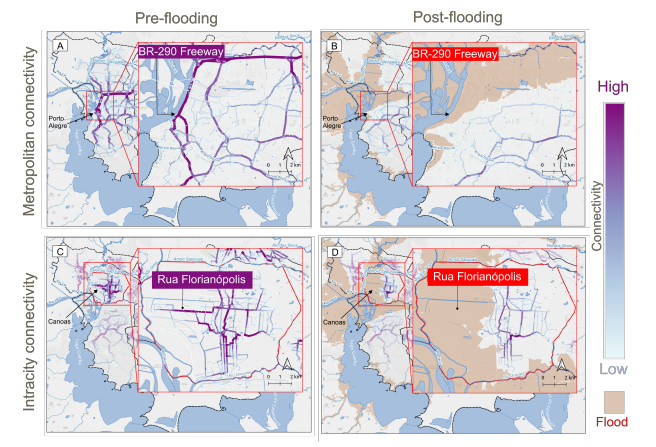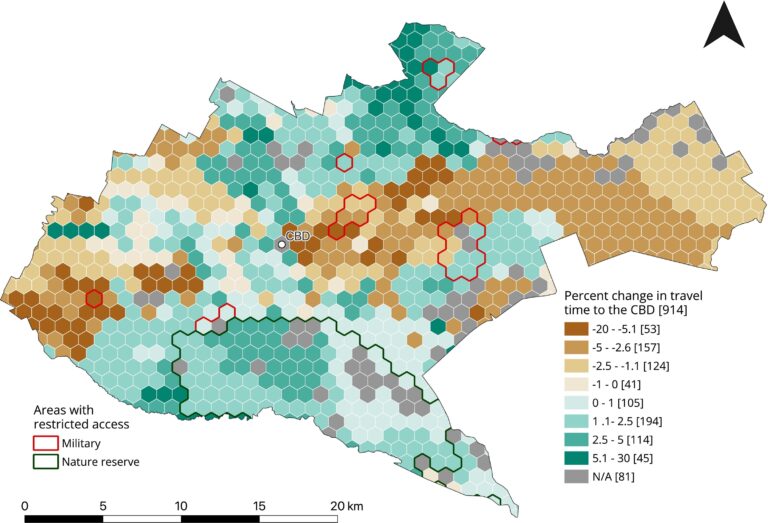We are pleased that our research paper “Deriving indicators for Points of Interest and analyzing mixed activities in urban areas” (Ullah, Lautenbach, Zipf 2021) has been accepted at the 12th International Symposium on the Digital Earth (ISDE) scheduled within the GI Week 2021 in Salzburg. The conference will take place from July 5th to July 9th 2021.
We are looking forward to discuss with you following aspects at the conference:
The support of a pedestrian friendly city with a variety of services such as eating, education, health-care, shopping and personal services has become an important goal for urban planning, local authorities, families and economic groups. Although mixed activities play an important role in urban planning projects, measuring mixed activities has been problematic due to the lack of appropriate data and measurement approaches. We suggest a new approach that applies concepts from ecology on Points of Interest (POIs) from OpenStreetMap to quantify mixed activities.
In ecology, there are dozens of potential diversity indices, which have been deployed in recent land use studies to measure mixed activities quantitatively. Ecologists however, have highlighted that these indices are not always expressed in units that are intuitive. The limitations of commonly used diversity indices can be avoided by the use of Hill numbers, which represent a mathematically unified family of diversity indices. We used Hill numbers on POIs to measure mixed activities at a quarter level in Frankfurt.

Fig.1: Sample completeness curves and Hill numbers (q=0,1,2) for the five city quarters: Eschersheim, Heddernheim, Kalbach-Riedberg, Niederursel and Praunheim. The grey areas indicate the 95% confidence bands derived from bootstrap.
Results showed that Hill¹ (exponential of Shannon) is an appropriate quantitative measure to describe the diversity of facilities and services by a single numerical value. Based on a base coverage of 94% (grey dottet line) the curves show that Heddernheim has the highest diversity, followed by Eschersheim and Kalbach-Riedberg, while Niederursel has the lowest Hill¹ value.
More information will be presented a at the GI_Week 2021. Looking forward to see you there! Stay tuned for further updates!





